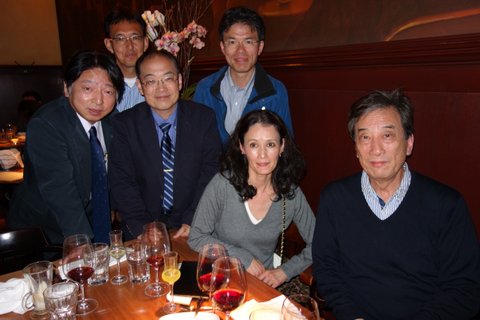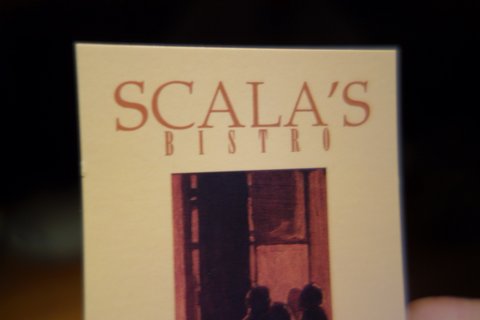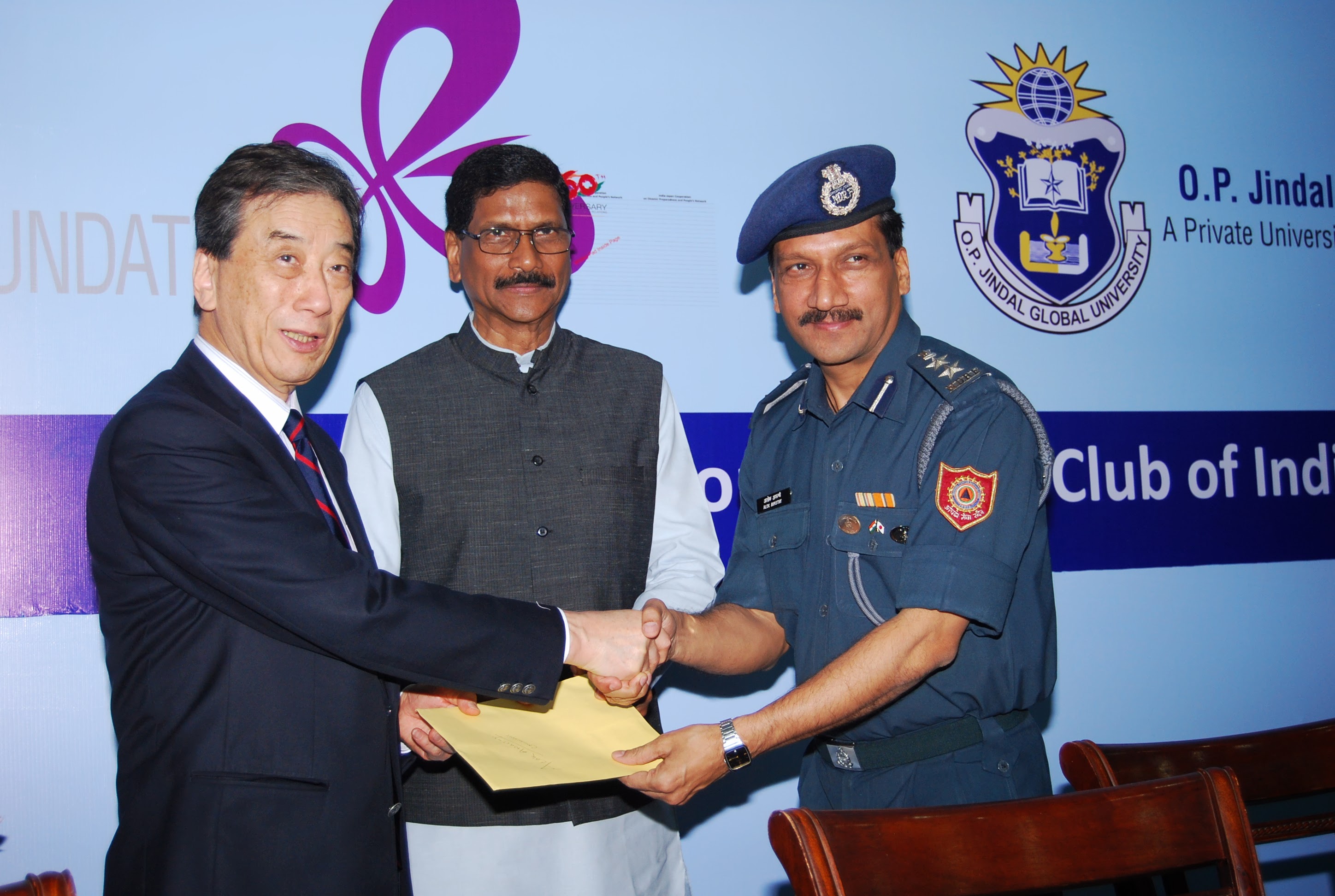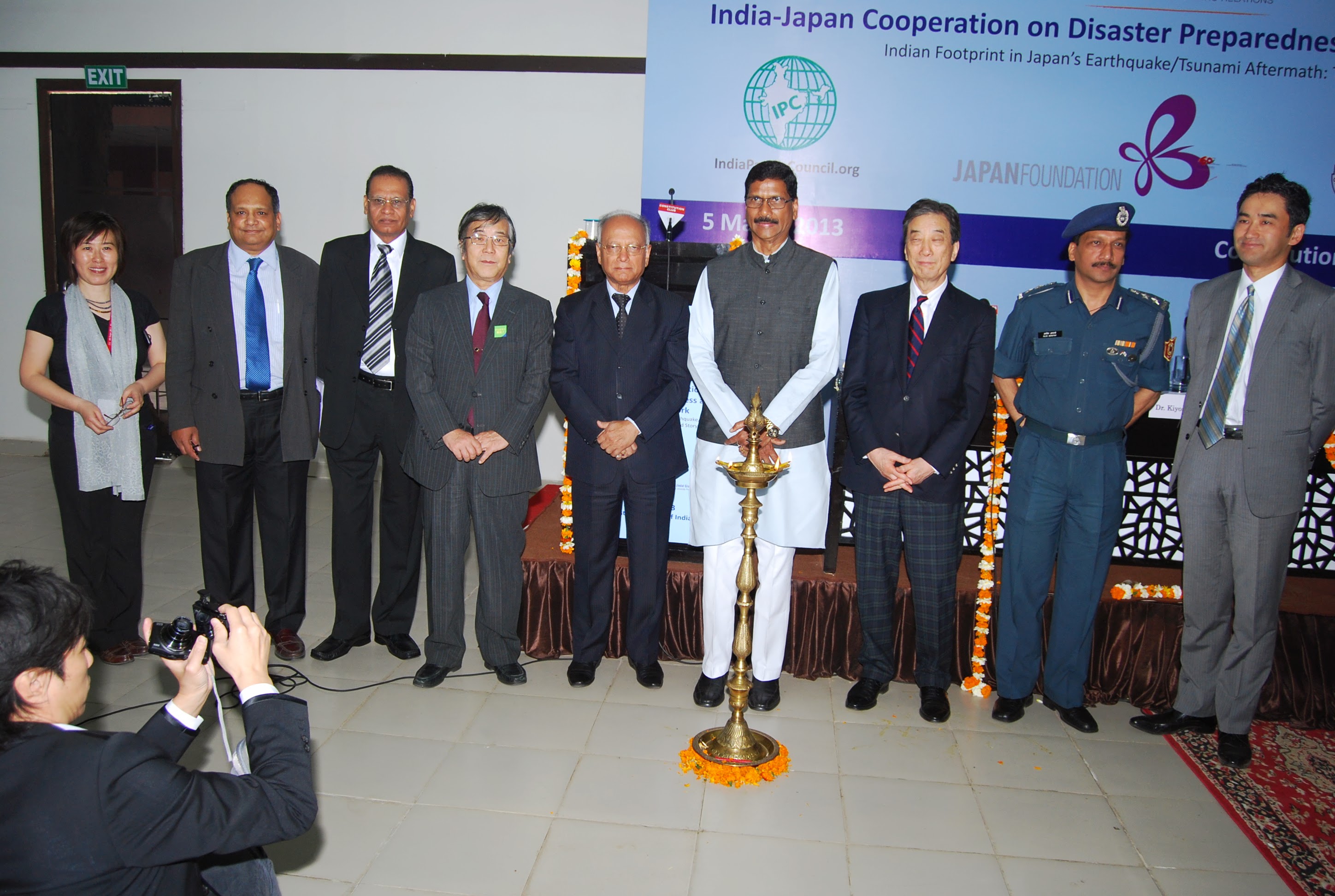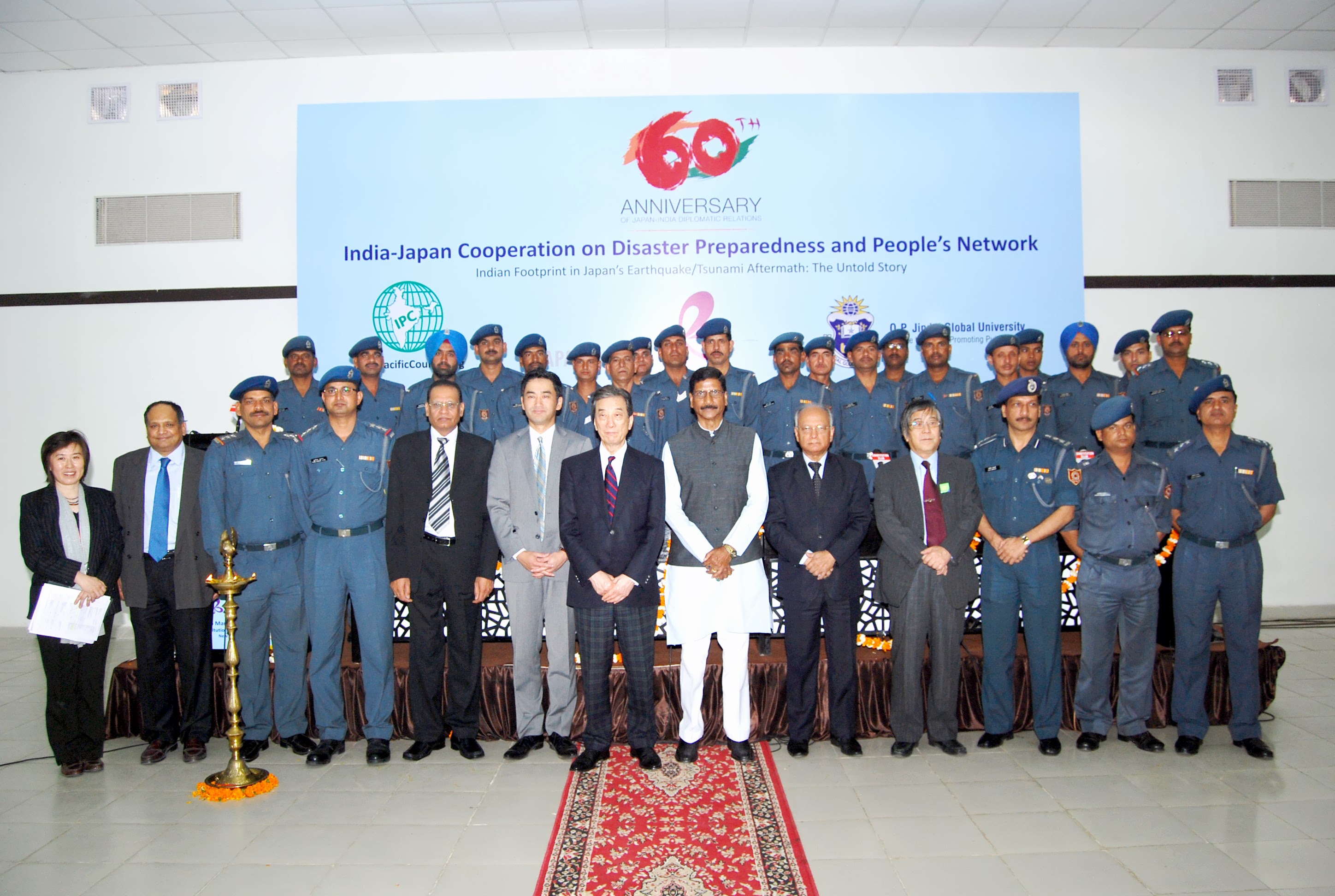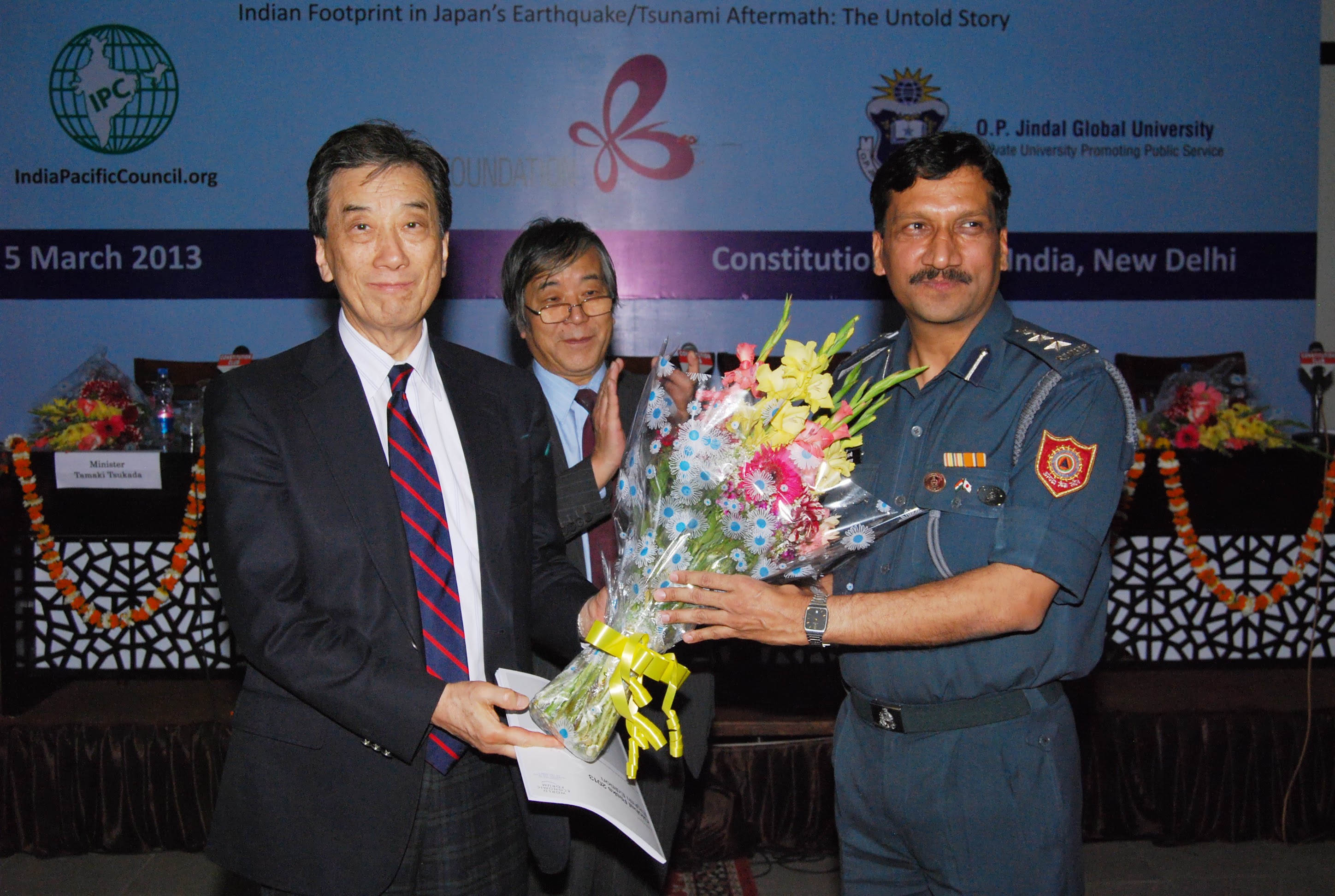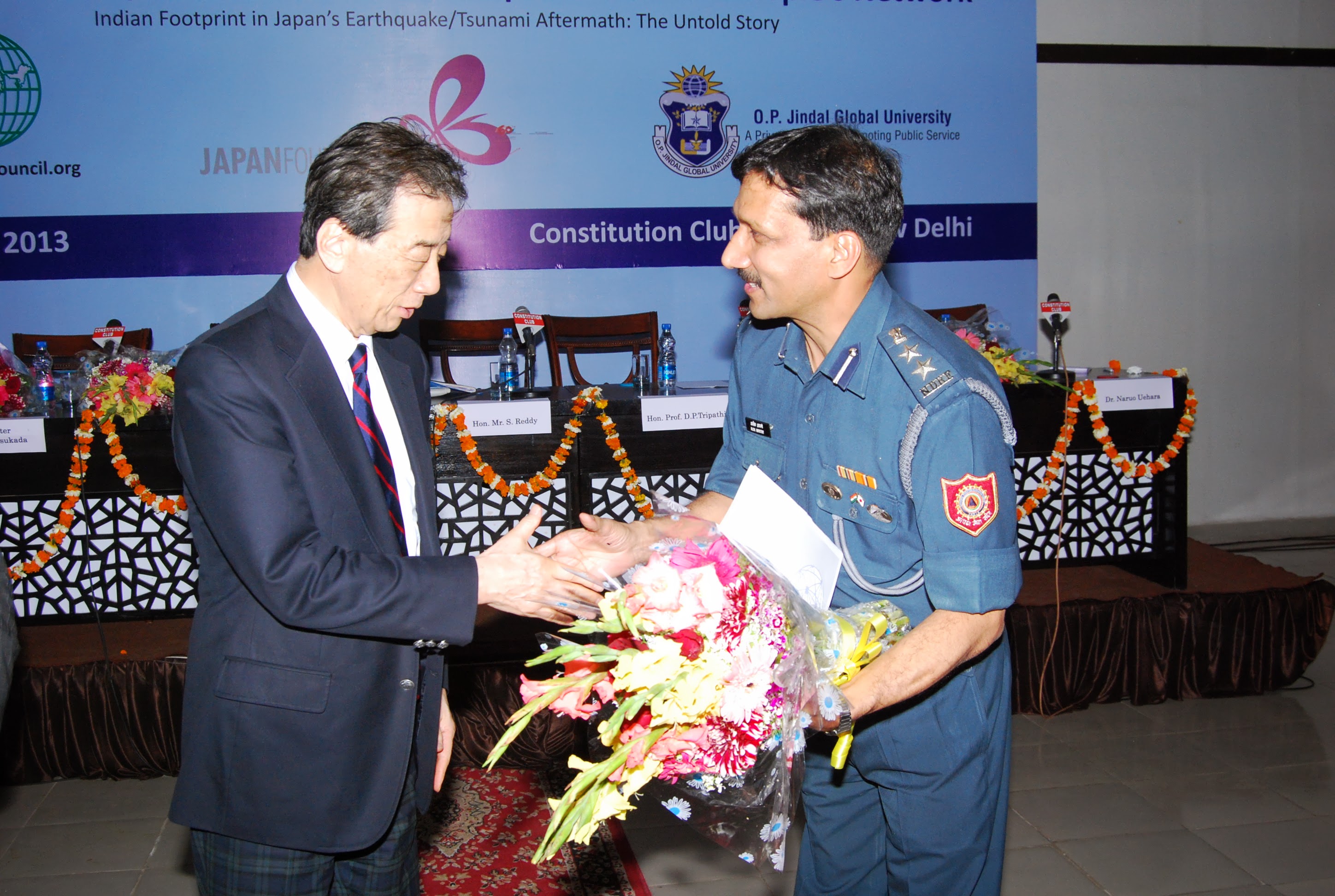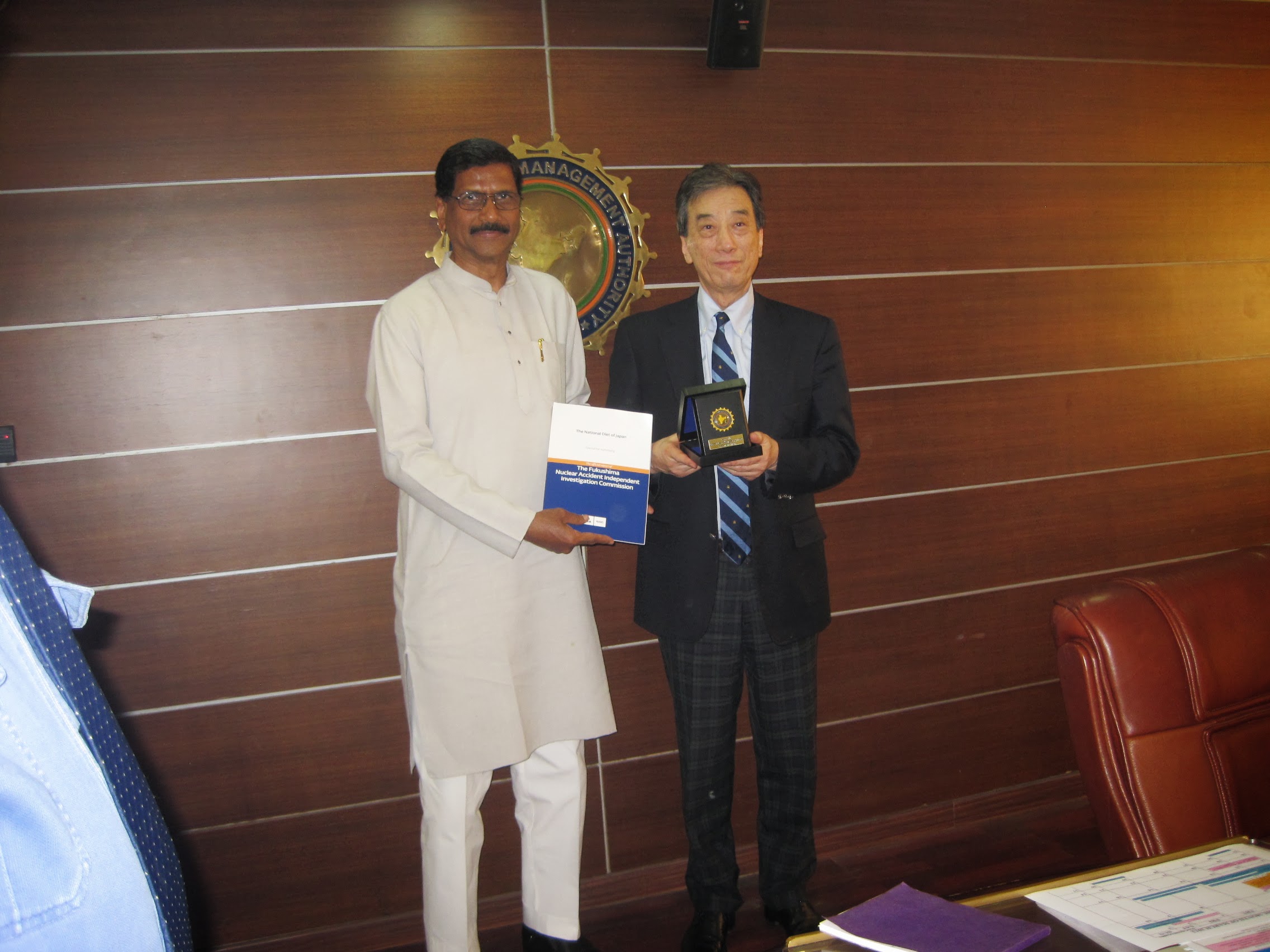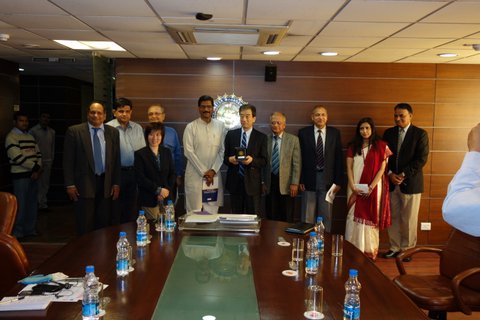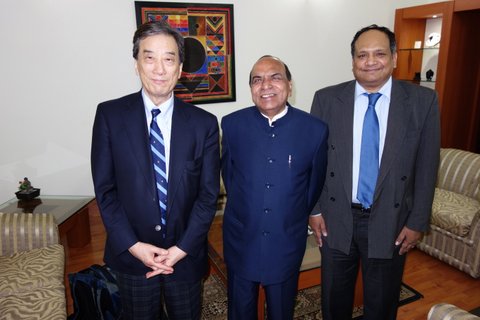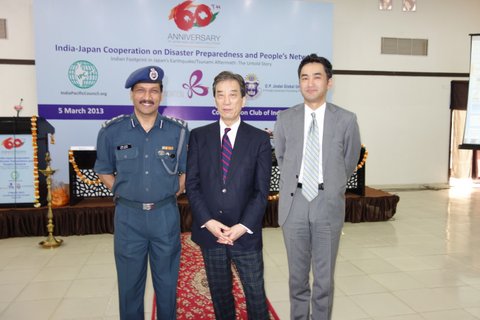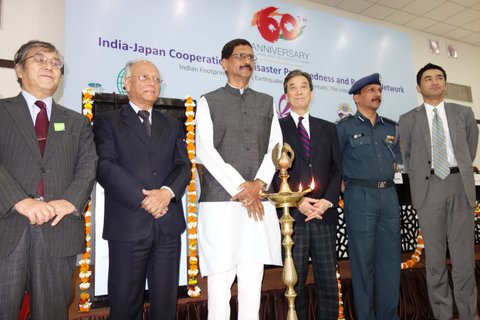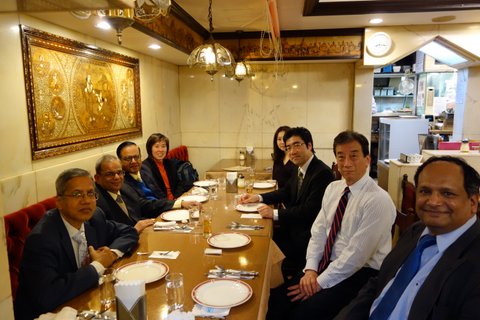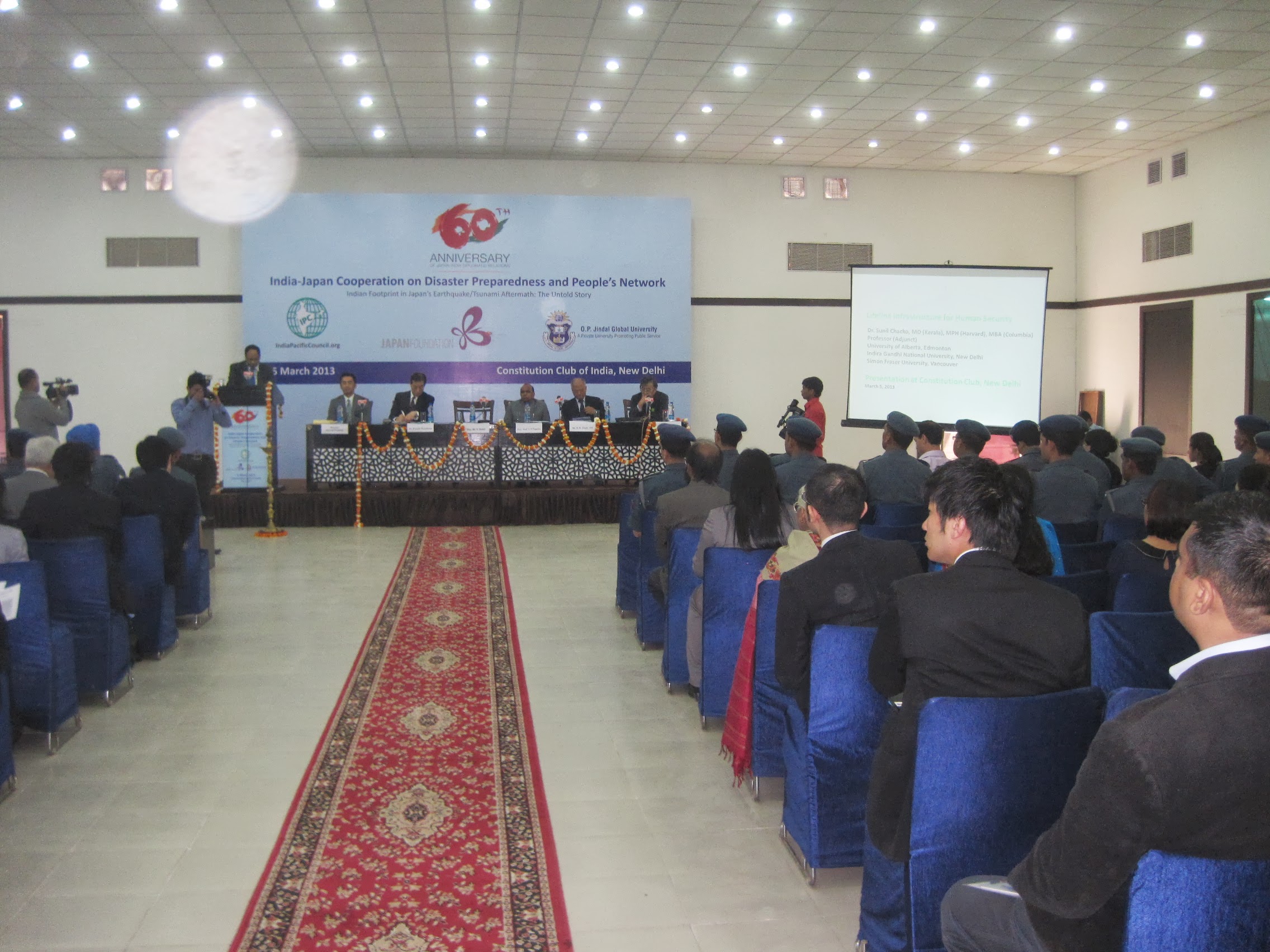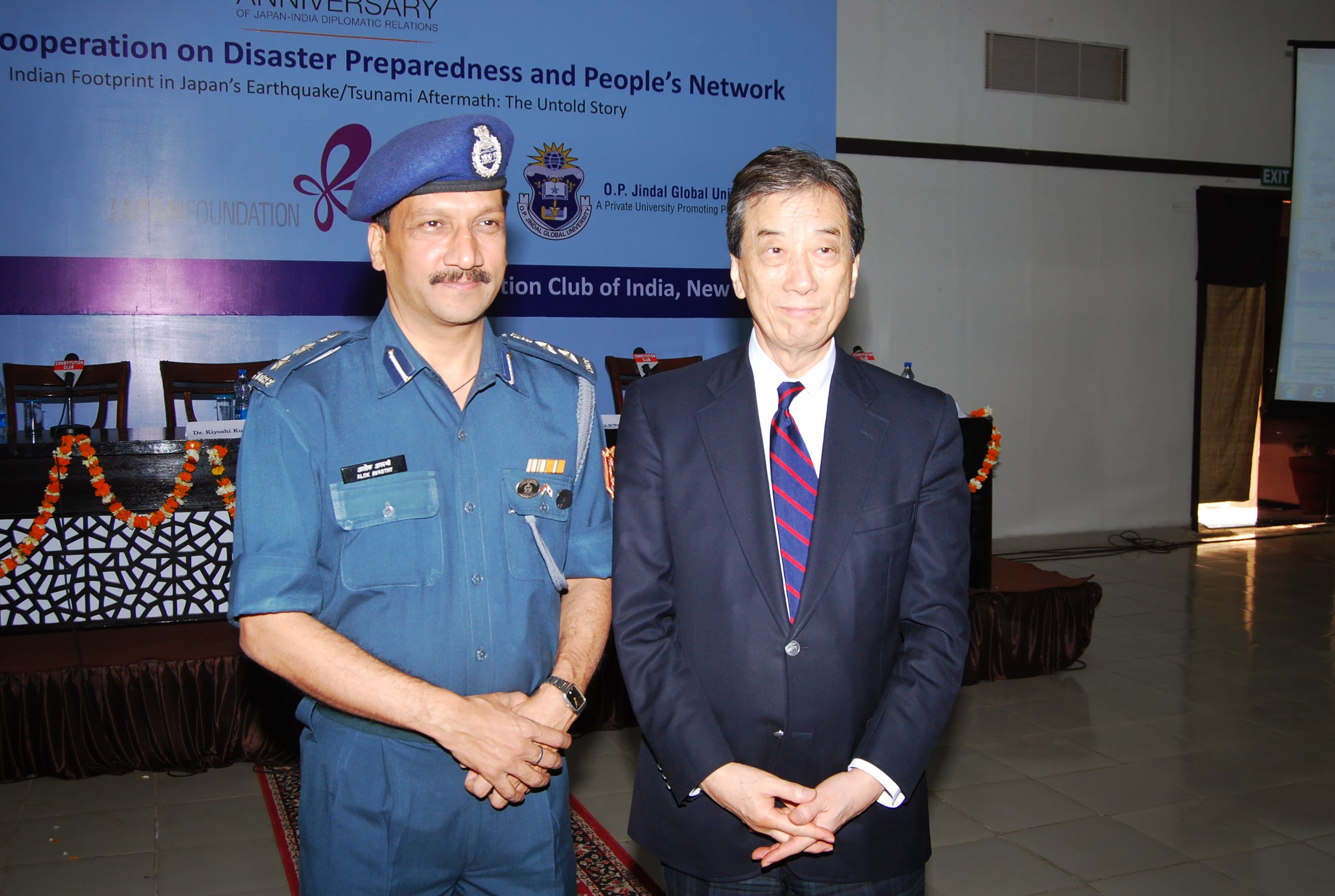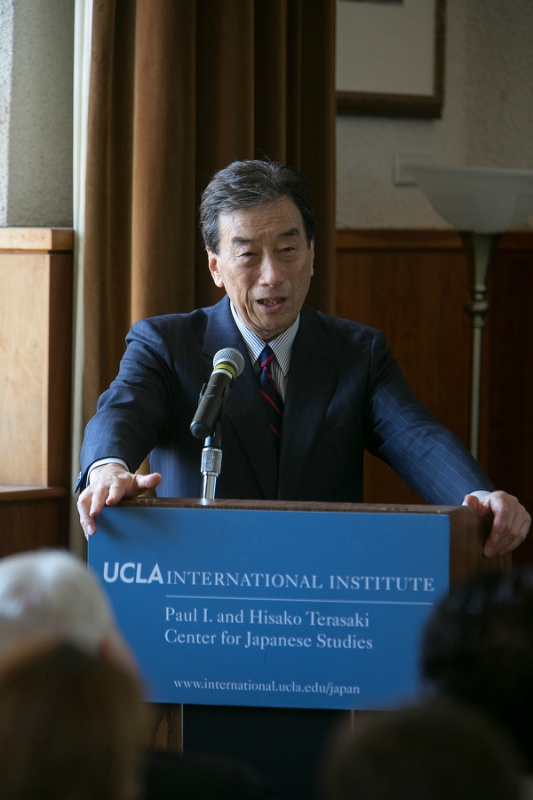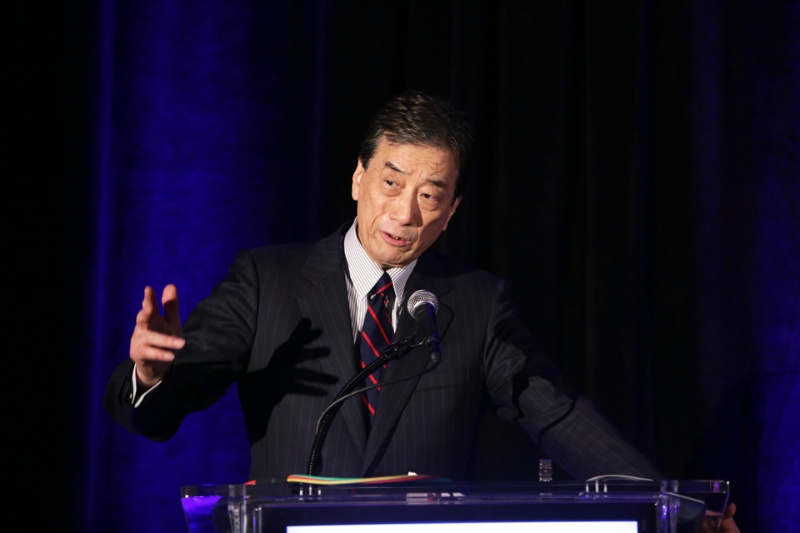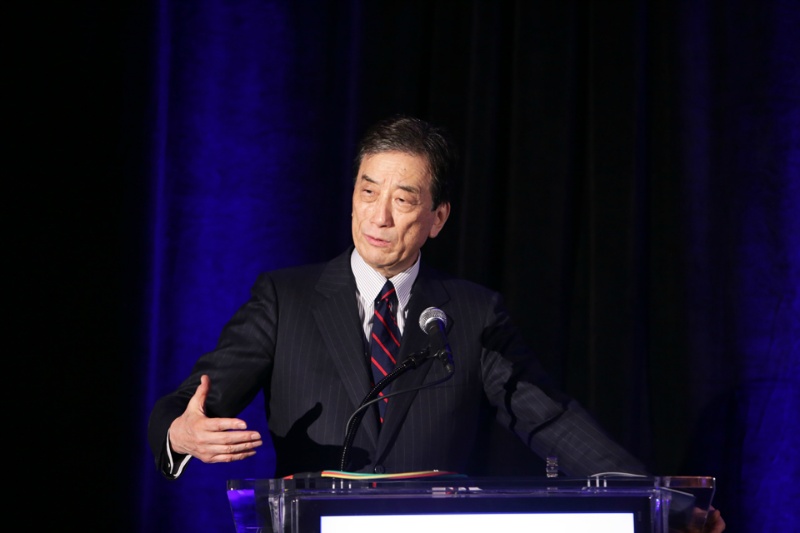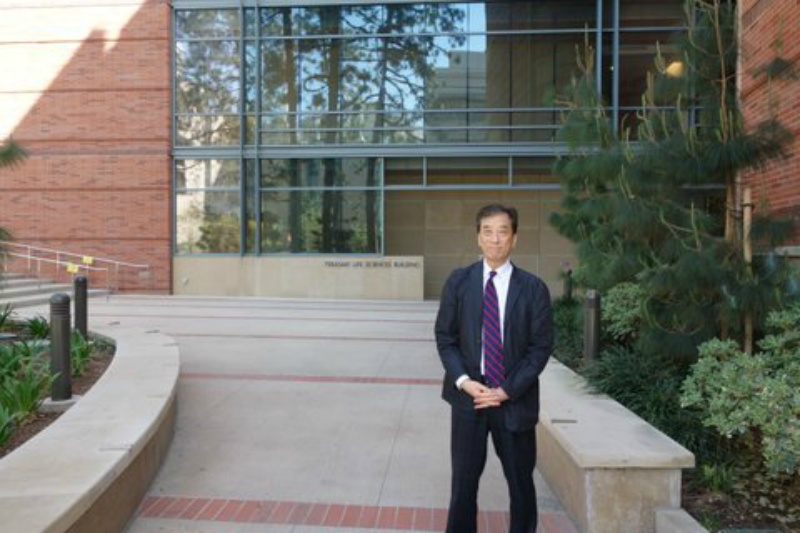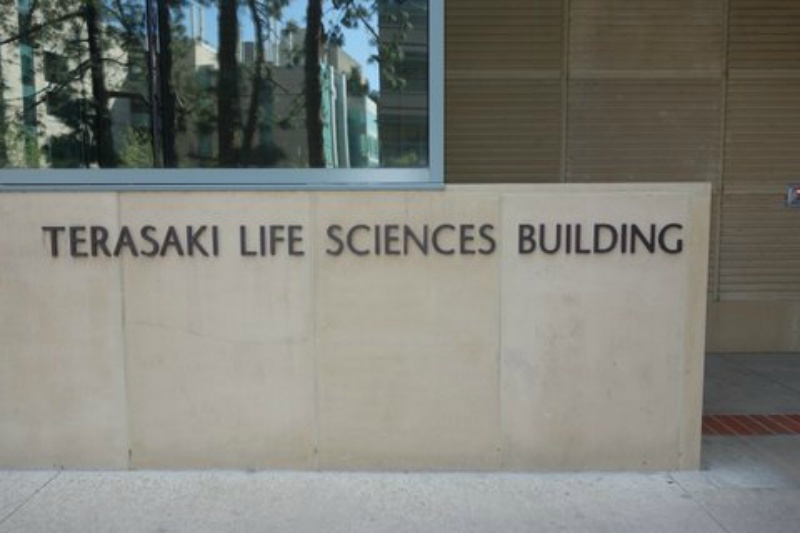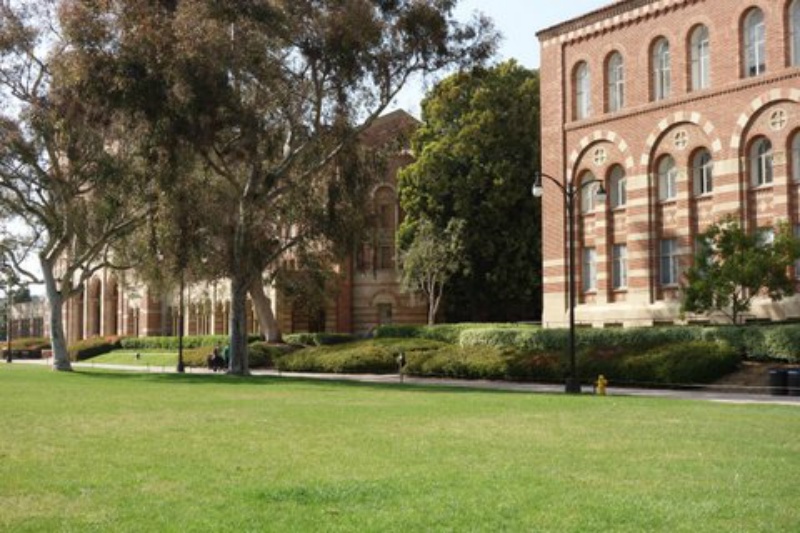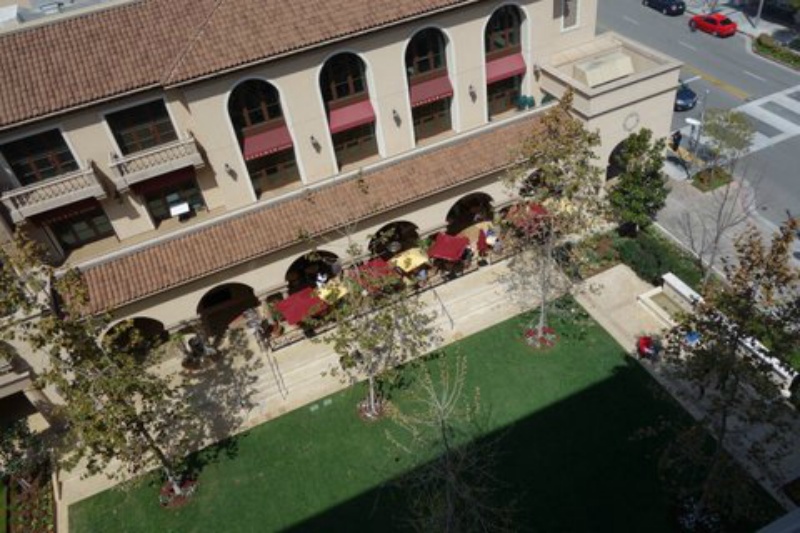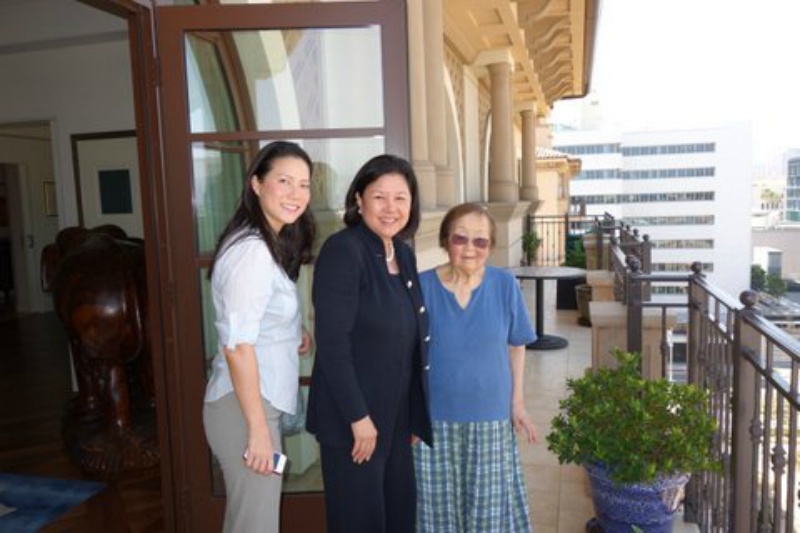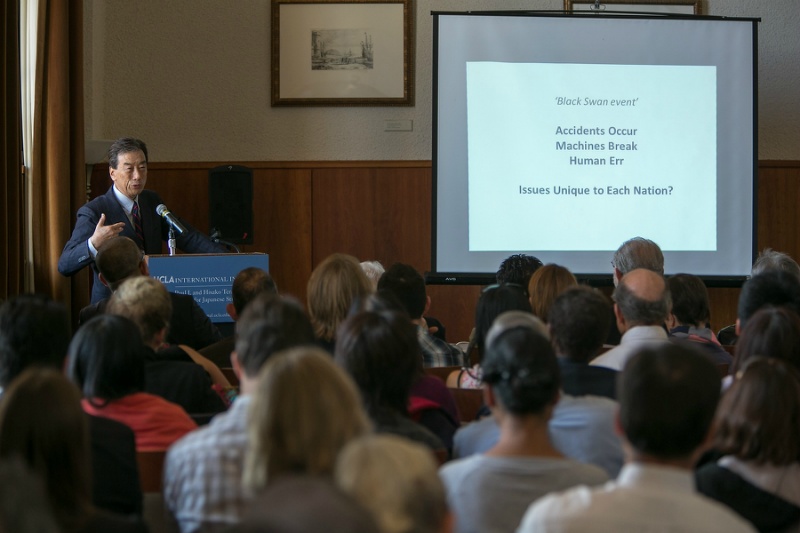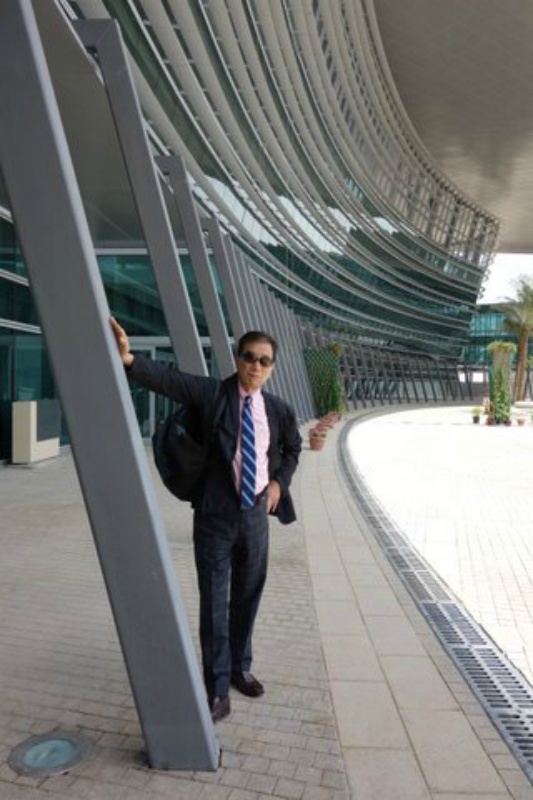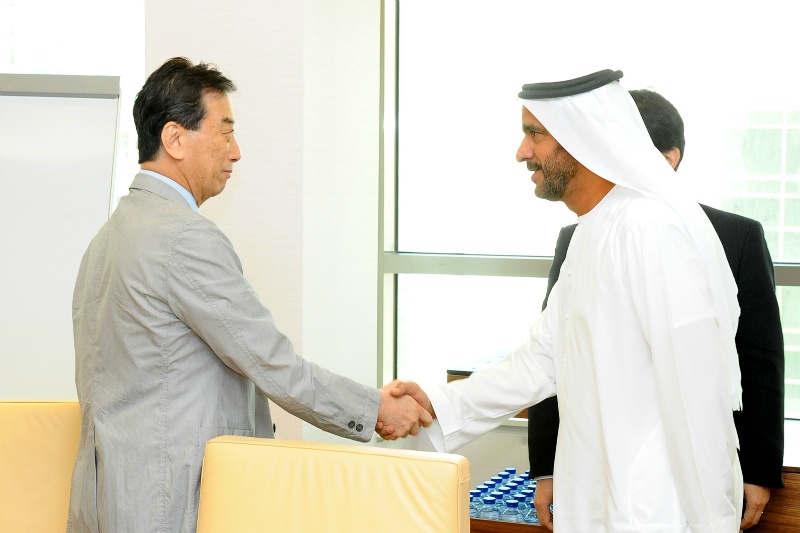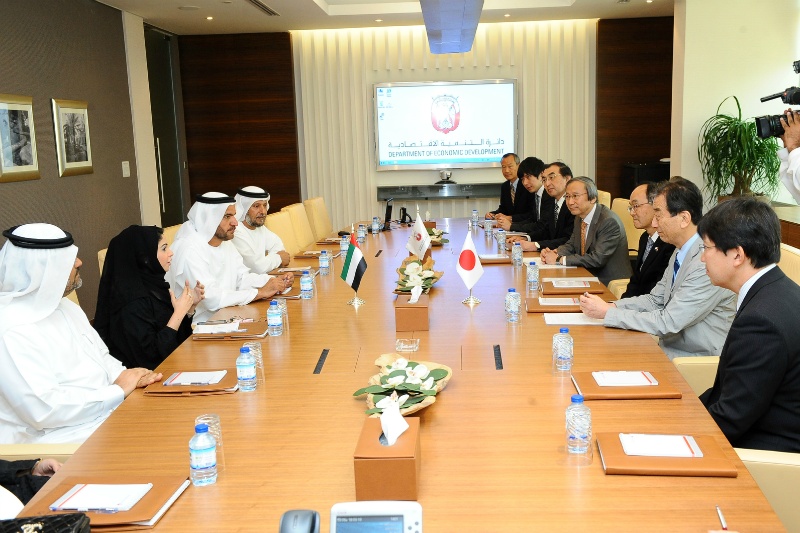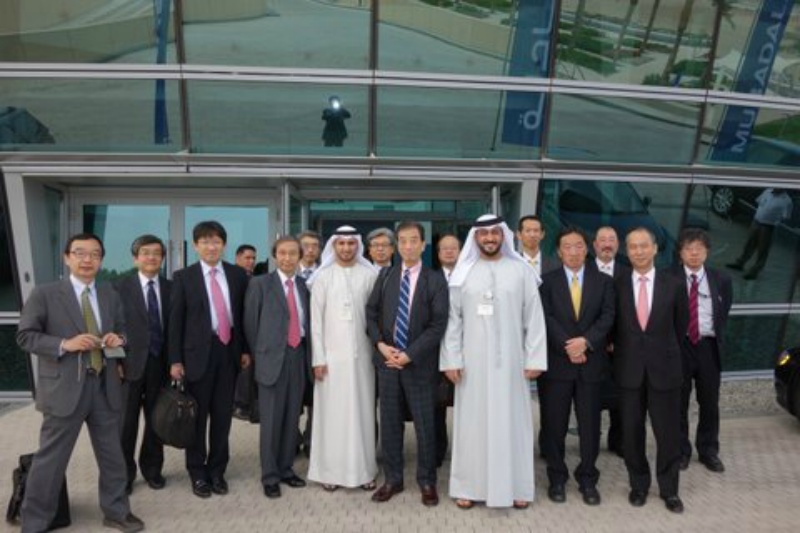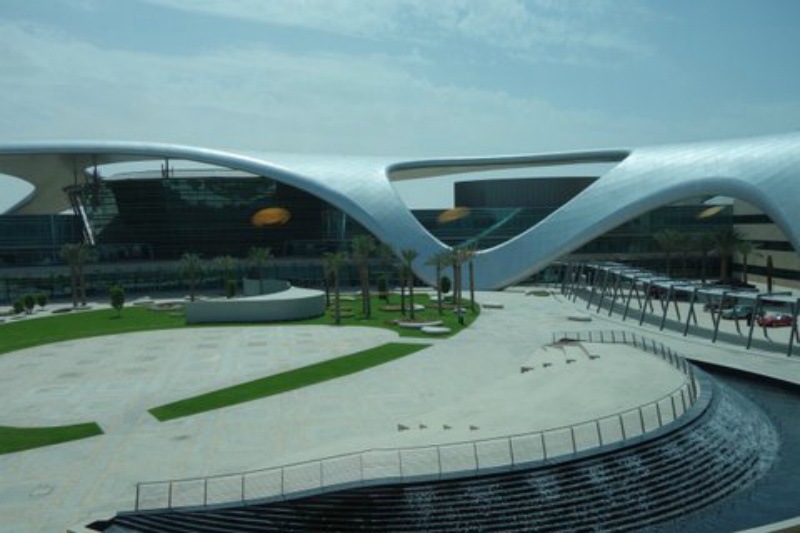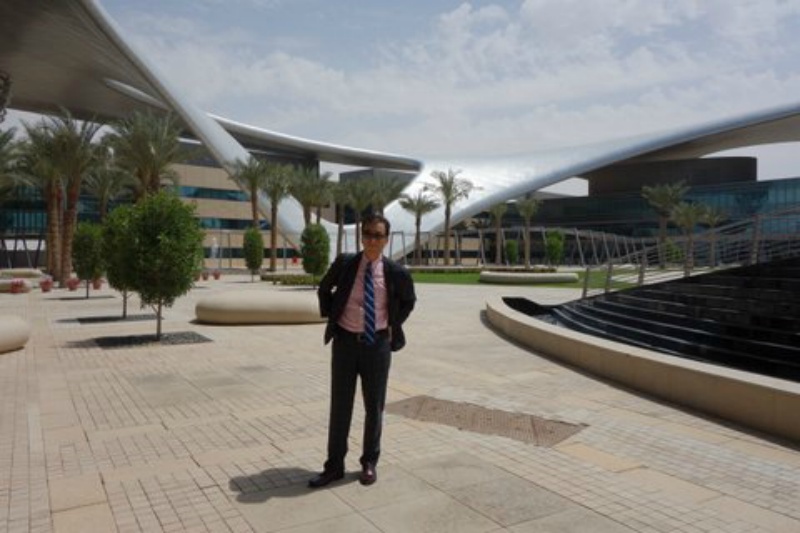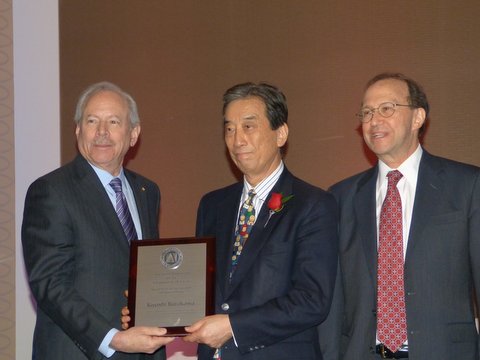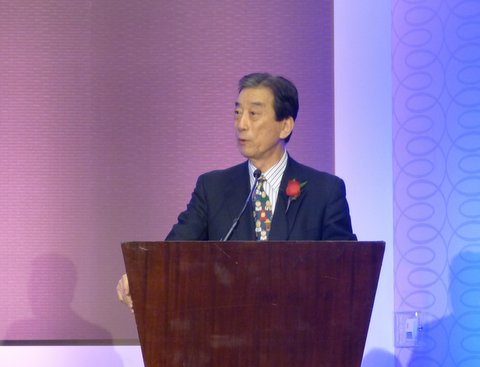On the morning of April 12, I gave a speech at the University of Tokyo Entrance Ceremony, met and talked with President Hamada and others, then headed to Narita Airport. The American College of Physicians (ACP) annual general conference was to be held in San Francisco, and I was to give speeches at the sessions, 'Meet the Professor' with a theme 'Why Fukushima Happened: What You Can Do from Tomorrow,' an hour long.
I attended the annual conference in 2011 but could not attend the one in 2012 because of my activities at the National Diet of Japan Fukushima Nuclear Accident Independent Investigation Commission.
I arrived in San Francisco on the 12th, rested a while at the hotel and then went to the Moscone Center where the conference was held. This is my third time in California this year. The sky was a bright, clear blue and the weather was as beautiful as ever.
At my session, there were around 150 people in attendance, more than I had expected, with a lively question and answer session afterwards. Everyone had their own opinions and very high awareness. Mona Khanna, who I met at the annual convention in 2011, also participated. She has visited the Tohoku region last year and must have been concerned about the areas affected by the disaster.
In the evening, there was the Japan Chapter reception. Governor Kobayashi and many Fellows and members, as well as ACP board directors and chairmen attended, and it was a very friendly gathering. I would like to express my gratitude to Professor Maeda to host this reception.
The next day was the last day of the convention and I dined with six people at Scala’s Bistro near Union Square. It was six o’clock on a Saturday evening and the Bistro was already fully packed.
Some will travel to Napa tomorrow. I will return to Narita on Sunday morning of the ACP.
